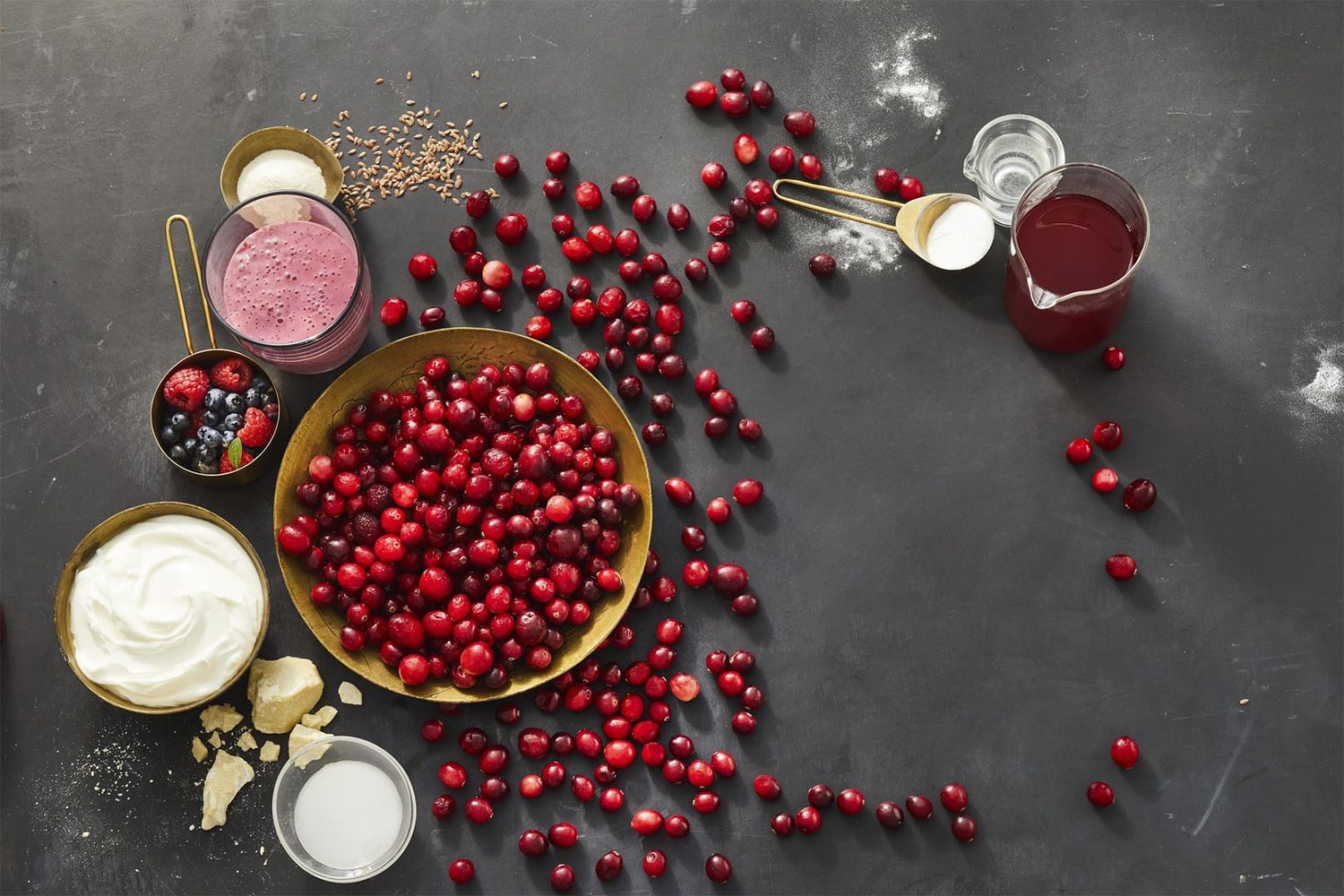
29 interesting facts about Cranberry
- 👁️ 353
Cranberries are not just a holiday staple but also a fascinating fruit with a rich history and numerous health benefits. Native to North America, these tart berries have been utilized by Indigenous peoples for food, medicine, and dye for centuries. Today, cranberries are celebrated for their unique taste, nutritional profile, and versatility in both culinary and non-culinary uses. They grow on evergreen dwarf shrubs or trailing vines in bogs or wetlands, adding to the ecological diversity of these habitats. Here are 29 interesting and informative facts about cranberries that showcase their significance beyond the Thanksgiving table.
- Cranberries are one of the few fruits native to North America.
- Native Americans used cranberries as a food source, in healing, and as a dye for clothing and blankets.
- The name “cranberry” derives from “craneberry,” so named by early European settlers in America who thought the expanding flower, stem, and petals resembled the neck, head, and bill of a crane.
- Cranberries do not grow in water but in beds layered with sand, peat, gravel, and clay, known as bogs or marshes.
- They are a major commercial crop in certain American states and Canadian provinces.
- Massachusetts, Wisconsin, New Jersey, Oregon, and Washington are the leading cranberry producers in the United States.
- Cranberries are harvested primarily by flooding the bog, which allows the floating berries to be collected.
- They contain unique health-promoting compounds called proanthocyanidins, which help prevent urinary tract infections.
- Cranberries are rich in vitamin C, dietary fiber, and manganese.
- Fresh cranberries are nearly 90% water.
- Only about 5% of cranberries are sold fresh, while the rest are turned into cranberry juice, sauce, and other products.
- Cranberries have a natural preservative ability that can extend the shelf life of meats.
- The fruit is harvested in the fall, from mid-September through November.
- Cranberry sauce became commercially available in the early 20th century.
- Sailors used cranberries to prevent scurvy due to their high vitamin C content.
- The cranberry is one of only three fruits native to North America that are commercially grown, the others being blueberries and Concord grapes.
- Native American tribes called cranberries “sassamanash.”
- In Canada, cranberries are often called “mossberries.”
- The acidic nature of cranberries helps to prevent the oxidation of other foods, making them a useful ingredient in food preservation.
- A cranberry’s bounce is a test of its ripeness; ripe berries bounce because of their air pockets.
- Cranberry juice was first marketed in the 1940s.
- The cranberry industry contributes nearly $300 million to Massachusetts’s economy annually.
- Cranberries can be used to make wine.
- The cranberry was declared Wisconsin’s state fruit in 2004.
- In colonial times, cranberries were used to treat arrow wounds and to dye rugs.
- The average number of cranberries used per can of sauce is 200.
- Cranberry bogs are a critical habitat for a variety of species, including some threatened ones.
- The first recorded cranberry cultivation was in 1816 in Cape Cod, Massachusetts.
- There is a cranberry museum in Wisconsin, dedicated to the history and cultivation of the cranberry.
Cranberries are much more than a tangy addition to the holiday menu. Their rich history, health benefits, and ecological significance make them a remarkable fruit worthy of appreciation year-round. From their indigenous uses to their modern-day culinary applications, cranberries have played a vital role in culture, medicine, and cuisine. As research continues to uncover the myriad benefits of cranberries, it’s clear that this small, tart berry packs a powerful punch. Whether enjoyed fresh, dried, or as a juice, cranberries continue to be a versatile and valuable fruit for health-conscious consumers and culinary enthusiasts alike.
Cranberries are not just a holiday staple but also a fascinating fruit with a rich history and numerous health benefits. Native to North America, these tart berries have been utilized by Indigenous peoples for food, medicine, and dye for centuries. Today, cranberries are celebrated for their unique taste, nutritional profile,…